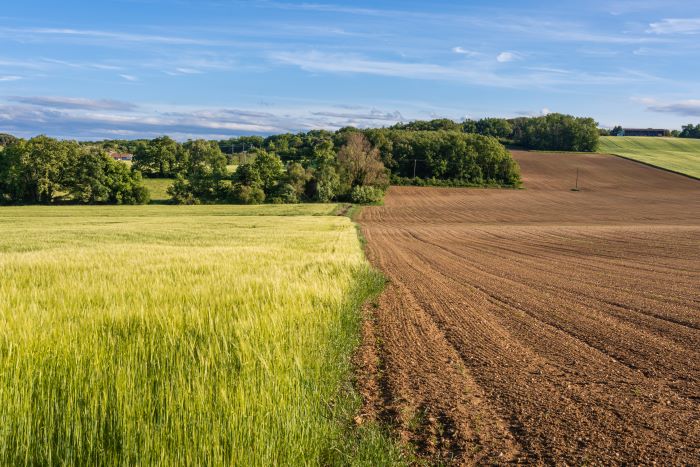
Across the Colorado River Basin, millions of dollars have flowed toward paying farmers to fallow their fields. In California’s Imperial Valley, growers have been offered hundreds of dollars per acre-foot to idle ground and temporarily send conserved water to cities downstream. While these payments deliver immediate relief for the river, they raise a deeper question: Are we funding a short-term fix or building a long-term solution?
Fallowing programs can produce visible savings fast, but the results can be fleeting. Once contracts expire, farmers often return to flood irrigation, and the region slides back into the same deficit. Fields lie idle, local jobs and farm service economies suffer, and family operations lose continuity. In the Imperial Valley, the Imperial Irrigation District’s (IID) current on-farm conservation programs offer farmers up to $450 per acre-foot for conserving water, targeting over 165,000 acre-feet of savings annually. This funding is part of broader efforts that have previously involved extensive, temporary fallowing to generate millions of acre-feet of conserved water. To meet its water transfer obligations, the IID has historically implemented a fallowing program that, along with on-farm efficiency measures, has contributed to the region’s overall reduction of water use by more than 7 million acre-feet since 2003. While the program does incorporate on-farm efficiencies, the physical systems and cultural legacy of water use can often remain unchanged.
Redirecting those same dollars toward precision irrigation and automated scheduling could lock in permanent savings while maintaining agricultural production. Field studies in the valley show that flood-irrigated farms often operate around 35% efficiency. Converting to pressurized systems can cut applied water 30-40% and sustain yields.
The Imperial Irrigation District’s on-farm efficiency program pays roughly $310–$430 per acre-foot saved—comparable to recent fallowing rates—but those upgrades continue producing savings year after year.
A question often posed is “What happens to the saved water?” A frequent concern is that efficiency gains can vanish if producers expand acreage or if the water is taken out elsewhere. Utah’s Agricultural Water Optimization Program offers a smart solution. Utah’s Program has required water meters since 2019 to accurately track conservation. The state approved a measure allowing farmers to sell their conserved water for conservation purposes without losing their water rights, which directly helps water bodies like the Great Salt Lake. The program has completed about 250 projects, saving over 40,000 acre-feet annually. Similar principles could guide basin-wide programs:
Critics note that precision irrigation systems are designed to limit runoff and leaching losses, which in turn reduces the return flows that have historically fed the Salton Sea. But that trade-off can be managed. Pairing precision irrigation with intentional recharge zones or managed-aquifer-recharge projects turns efficiency into true hydrologic resilience—protecting both farm productivity and environmental flows.
Fallowing may always play a role in crisis response, but if the West continues to spend millions simply paying farms not to farm, we miss the chance to modernize irrigation for the century ahead. A “future-proof” approach invests in permanent system upgrades, robust accounting of water savings, and partnerships that sustain rural economies. Rather than choosing between farming and the river, we can—and must—fund the tools that secure both.
Created in partnership with the help of AI.
Share on social media:
8280 Willow Oaks Corporate Drive | Suite 630 | Fairfax, VA 22031
Tel: 703.536.7080 | Fax: 703.536.7019
HOME | ABOUT US | ADVERTISE | SUBSCRIBE | CONTACT | PRIVACY POLICY | IA ANTITRUST STATEMENT